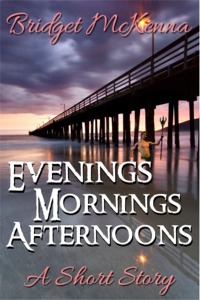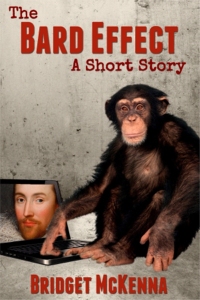 Golden City - Zone 1 Design
Golden City - Zone 1 Design Recently your book broke into the top 1000 on Amazon’s sales rankings, and went considerably higher in your subgenres despite having an unprofessional cover and dull, repetitive sales copy. I admit I was curious about such an unlikely combination, but what ultimately steered me inside was the first line of your book description, which reads “Professionally edited.” I’m an editor as it happens, and you piqued my curiosity by putting that information up front. I wanted to see whether—despite a poor first impression—the level of your writing and an editor’s professional help had produced a readable book.
Your formatting was clean but uninteresting—chapter headers underlined in your word processor, no bolding or other treatment to make the chapter title stand out. Taking the time to observe how professionally formatted books look would have helped you a lot here. But while it’s a good idea to have attractive formatting, the look of your pages isn’t as important as the quality of your work. I still held out hope for good writing. But not for long.
 Widow - Zone 1 Design
Widow - Zone 1 Design I set out to read one chapter—about 15 pages—wondering if I would find anything to impel me into a second one. I didn’t. Long before I finished the chapter I knew I wasn’t buying your book, but just to see whether some very simple copy-editing might make a difference on the prose level, I ran that opening chapter through a few steps from the Self-Editing Checklist included at the back of The Little Book of Self-Editing (or free here).
 Crossing - Zone 1 Design
Crossing - Zone 1 Design You tended to use “had” to write descriptions, as in “the dog had long legs,” and “he had a deep voice,” (not actual quotes, but similar to what you did half a dozen times in your first chapter). When used this way (rather than to establish past perfect tense), “had” is what I call a “zombie verb.” It lurches along where another verb would stride, skip, skitter, or sprint, and it takes a big bite out of your readers’ involvement in your story.
Early on, I noticed a lot of instances of “that.” “That” is one of those weakener words. It’s sometimes necessary, but more often not. In the first chapter you used “that” 102 times. It seemed like an extraordinary number, so I reviewed them. At a glance, I would have let 37 of them remain.
 Prairie Sunset - Zone 1 Design
Prairie Sunset - Zone 1 Design Another quick search revealed a dozen instances of “began to,” and several each of “tried to,” “started to,” and “continued to.” These kinds of filler words weaken writing and distance readers from a direct sensory experience of what they're reading. When you want to show a character doing or saying something, just have them do it. Not “He began to wave the gun around,” but “He waved the gun around.” Involve your readers by showing them what’s actually happening in the story right now.
I know what I have to say here probably means little to a writer whose book sits high on the sales rankings and sports lots of enthusiastic 4- and 5-star reviews alongside those bemoaning the weakness of the writing and story. It’s obvious a lot of the people who bought your book don't care about those things, but how many potential readers never got past the first few pages? I think there’s a lot wrong with your level of writing skill besides the few things I pointed out here, but if you keep a learner’s mind you’ll improve as you do more of it. Oh, and I hope you find a better editor.
—Bridget McKenna
The Little Book of Self-Editing for Writers
Pre-made bookcovers by Zone 1 Design
Dont miss:
Why I Didn't Keep Reading, Part 1













 RSS Feed
RSS Feed




